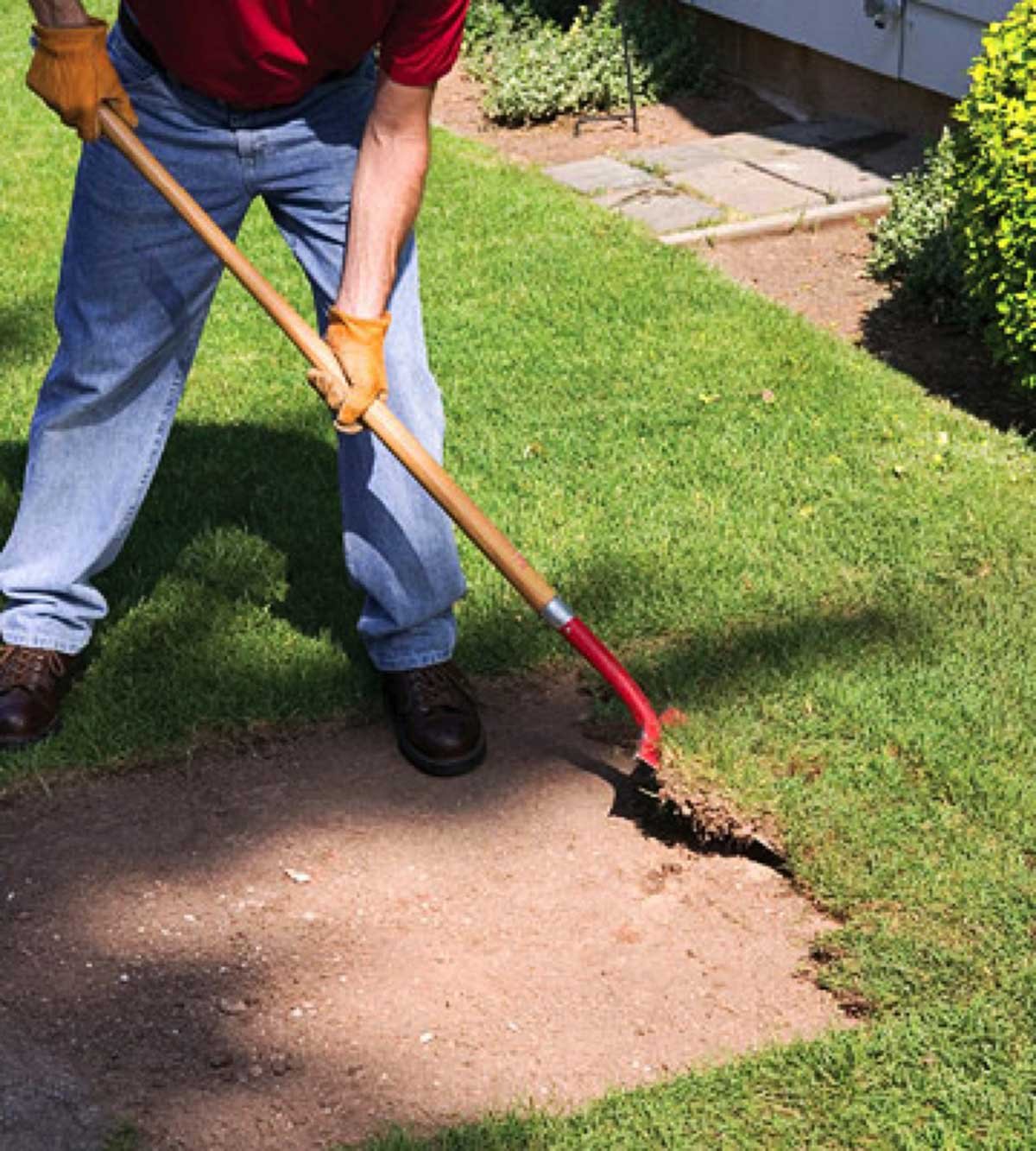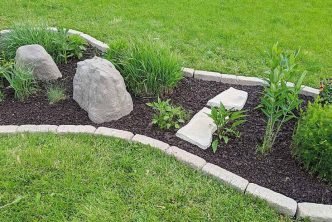Discover different ways to get rid of your lawn weed and transform your lawn into a beautiful garden.
Table of Contents
Lawn Weed Can Be Very Irritating
You wake up on a beautiful morning, make some coffee and move towards your lawn to enjoy the freshness of nature, yet when you reach there, all you notice is disgusting lawn weed. What a pity to the eyes.
Now all you want to do is leave your coffee behind, grab your tools, and get to work to transform this mess into a beautiful, well-grown garden. Removing lawn weed can be quite tricky, especially if you are doing it for the first time.

Weeds are very territorial. If you think you have pulled off the weed and your job is done, you are wrong. These weeds will continue to sneak up in your lawn. The seeds of weed are dispersed with wind, and once they land on your lawn, it becomes their kingdom.
Why Removing Lawn Weed is Important
If you think that the only problem with lawn weed is that they are not pleasing to the eye, you will be surprised to know how adversely they affect your plants.
Everyone wants a gorgeous garden whose biggest rivals are weed.
Natural Habitat of Insects and Pests
Tall weeds and long grass are the perfect hiding place for many insects, pests, and all the creepy crawlies. These will feed on the other plants in your lawn to suffice their hunger, and this will destroy your lawn. All your blood and sweat will go to waste if you don’t remove weeds.
Create Competition with Other Plants
If you suddenly see less of your beautifully grown plants in your lawn, which you grew with care and love, then you know who to blame. Weeds grow superfast over your other plants, and they compete with them for water, nutrients, and sunlight.
A Guide to Removing Lawn Weed
Growing a garden itself is a tough job to do, especially if you live in urban areas, and now you have to worry about the lawn weed too. Don’t you worry! Keep reading as we enlighten you about how to get rid of a lawn full of weeds.
Know Your Weeds
First, you need to be well aware of the different kinds of weeds growing around you. There are a variety of different weeds that can grow on your lawn. The most common ones are grassy, long-grass, and broadleaf.
Dandelions, even though they look amazing, are the most communal type of broadleaf. They do not have a needle-like structure and have flat leaves.
Both grassy and grass-like can hoax you as they look just like your regular lawn grass. These can be tricky to spot amongst the others. Some well-known grassy weeds are crabgrass and foxtails. The common grass-like weeds are called wild garlic and wild onion. A great guide to remove certain weeds here, hope can help u more.
Natural Treatment
Organic weed killers are the safest solution for you if you are allergic to chemicals. You can easily make these at home with the right ingredients.
Using standard household tools like vinegar, salt, and water can quickly get rid of your crab weeds and dandelions, however, they will leave you with some work to do
Instead, you can opt for using landscaping fabric and mulch solutions, which will save you from the extra lawn work. You can finally get rid of all these weeds without any skin erosion or eye burns.
Chemical Treatment
The more commonly used solution to your weed problem is herbicides. These don’t only kill and remove your lawn weed but also act as pest control if appropriately administered.
However, this method’s problem is the range of various if appropriately administered herbicides present in the market that makes choosing the perfect one for you difficult. Along with that comes the harmful effects to the neighboring plants and yourself.
Yet this seems to be the more efficient method and is encouraged to be used in large-scale lawns to promote verdure health.
How Do They Work?
Many factors affect how a herbicide works. The weather of the area, the weed age, and the status of grass growth determine which type of herbicide you should use and what should be their mode of action.
Different Modes of Action
A particular class of herbicides is designed to target weeds and plants on a cellular level, meaning they work by disrupting their cell structures. Many herbicides are designed to act like homologs of plant growth hormones. These sorts of products sabotage the plants’ systems and cause dysregulation of the cell cycle, thus promoting uncontrolled cell proliferation.
Some products are capable of denaturing enzymes responsible for forming and regulating the structure of cell walls. Simultaneously, other general classes aim to hamper photosynthetic pathways, thereby blocking the plant from being able to utilize energy from sunlight to make food.
The last class of herbicides affects the plant’s overall metabolism by destroying amino acid synthesis pathways that help metabolize food needed for development and procreation.
Resistance to Herbicides
Just like antibiotic resistance, herbicide resistance can also be a massive problem. If you are willing to use herbicides, do not forget to use other mechanical methods of removing weeds like pulling and crop rotation. These will allow diversification and make it difficult for weed resistance to build up.
Typically, if you continuously use the same herbicide and method to kill weeds, any weed that survives will become resistant, and their dispersed seeds will grow a generation of resistant weed crops. Therefore it is important to alternate your methods.
Grow Back Your Original Mesmerizingly Colorful Garden
Weeds are not an amusing thing on your lawn to have. They are very annoying and harm the rest of the plants on your lawn, and put all your hard work to waste. So don’t lose any more time. Figure out your preferred method of killing weeds and get it moving.
Conquer your kingdom back from weeds!





